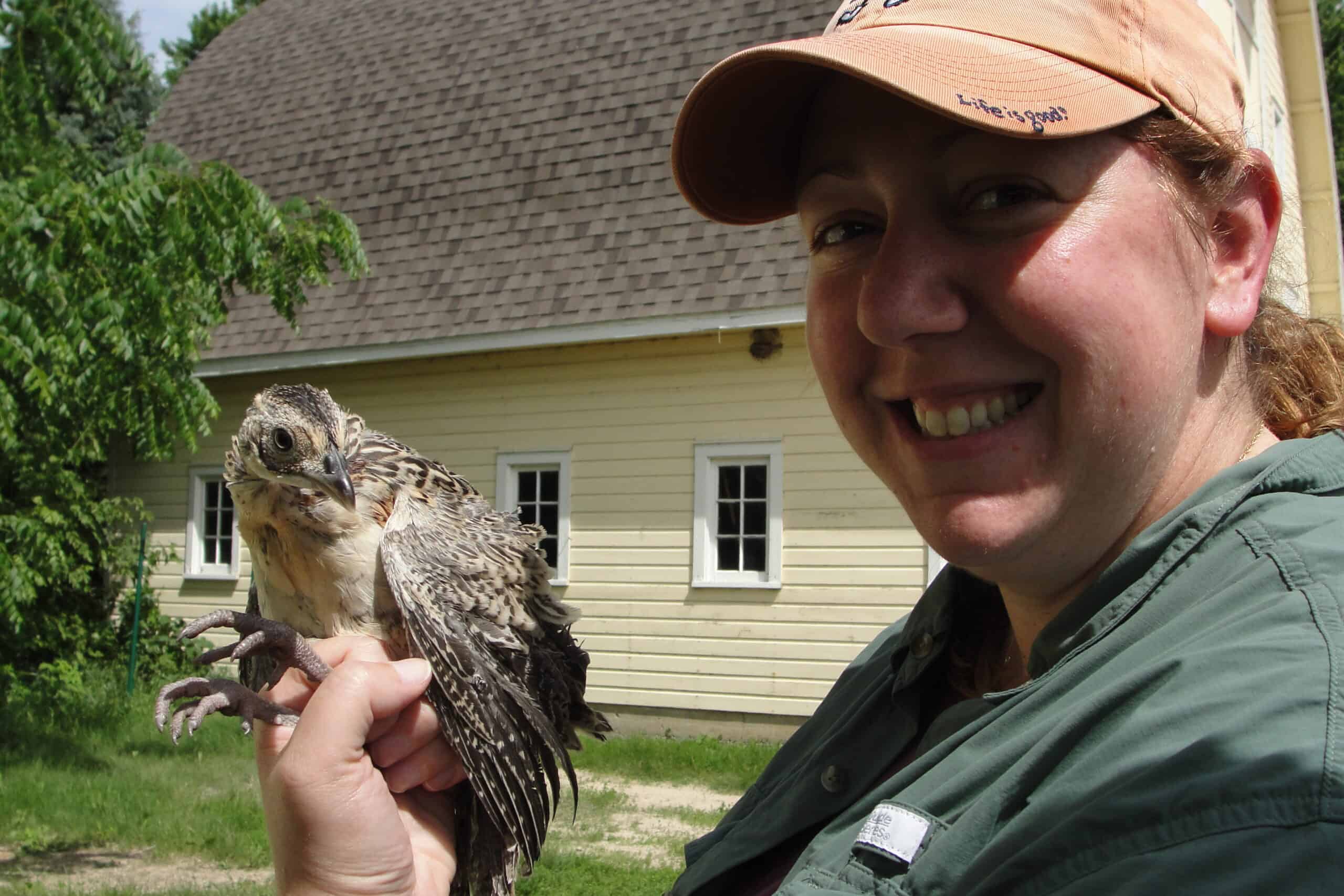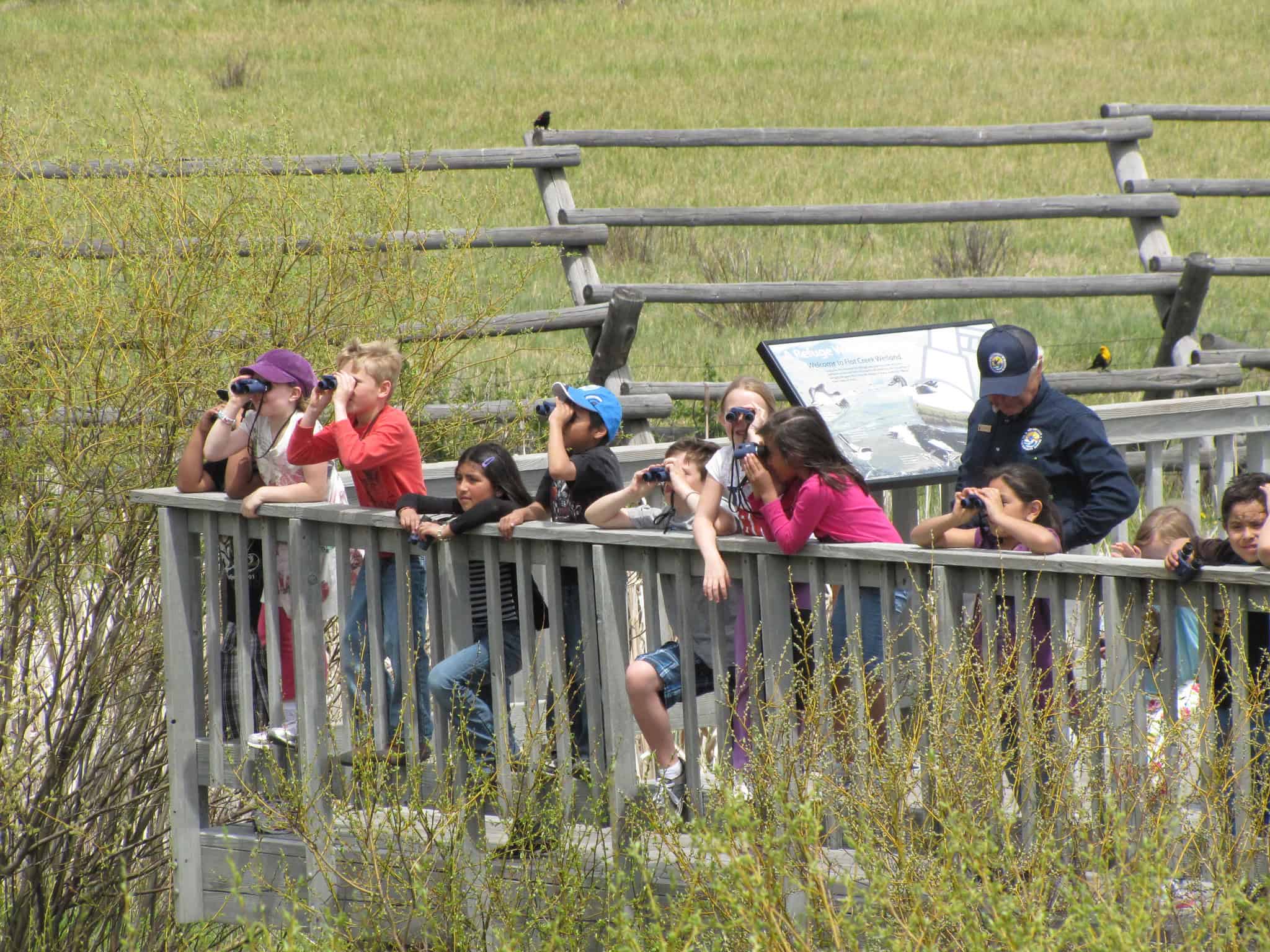Share this article
Snake Fungal Disease Strikes Again in Georgia
Snake fungal disease, a deadly and mysterious fungal infection fatal to snakes, has now been confirmed in a third free-ranging snake in Georgia.
Last week, the Southeastern Cooperative Wildlife Disease Study, a state-federal cooperative structure that provides wildlife expertise to state and federal agencies, confirmed that a brown watersnake (Nerodia taxispilota) that a volunteer found in a Bulloch County swamp in August tested positive for Ophidiomyces ophiodiicola, the fungus associated with the disease.
Prior to the confirmation of the disease in this snake, the same volunteer with The Orianne Society, a non-profit organization focused on conserving imperiled snakes, found a mud snake (Farancia abacura) infected with the fungus at the same swamp where the watersnake was found in the summer of 2014. The second case was an eastern indigo snake (Drymarchon couperi) in south-central Georgia.
The deadly fungus, which consumes keratin, the key ingredient in snake scales, and causes scabs, nodules, abnormal molting, ulcers and other skin issues, now occurs in most states east of the Mississippi, infecting a number of other snake species including Eastern massasaugua rattlesnakes (Sistrurus catenatus), timber rattlesnakes (Crotalus horridus), black rat snakes (Elaphe obsolete obsolete) and ribbon snakes (Thamnophis sauritus).
Researchers recently found that the snake fungus paralleled Pseudogymnoascus destructans, the deadly fungus that causes white-nose syndrome in bats. While the two fungi inhabit different ecological niches and thrive in different climates and temperatures, they both seem to persist across a range of habitats and infect multiple subspecies of the animals they target, according to the researchers.
Meanwhile, senior wildlife biologist John Jensen with Georgia DNR’s Nongame Conservation said in a press release that discovering two infected snakes in the Bulloch County swamp suggests, “that potentially the spores of this fungus are present in the environment, not only the animal.” The DNR also hopes that herpetologists become more aware of the disease so that they can report suspicious sightings in order for the DNR to investigate it further.
Aside from snake fungus, snakes also face threats of habitat loss and fragmentation. “We need to pay attention,” McGuire said. “Snakes play very important roles in our ecosystems.”
Header Image: A brown watersnake at Back Bay Wildlife Refuge in Virginia.








